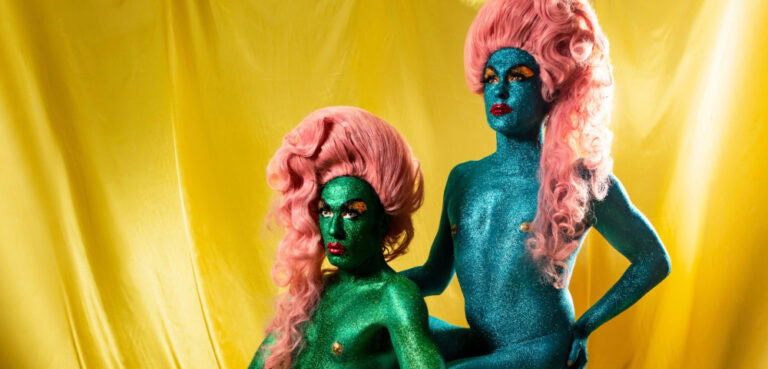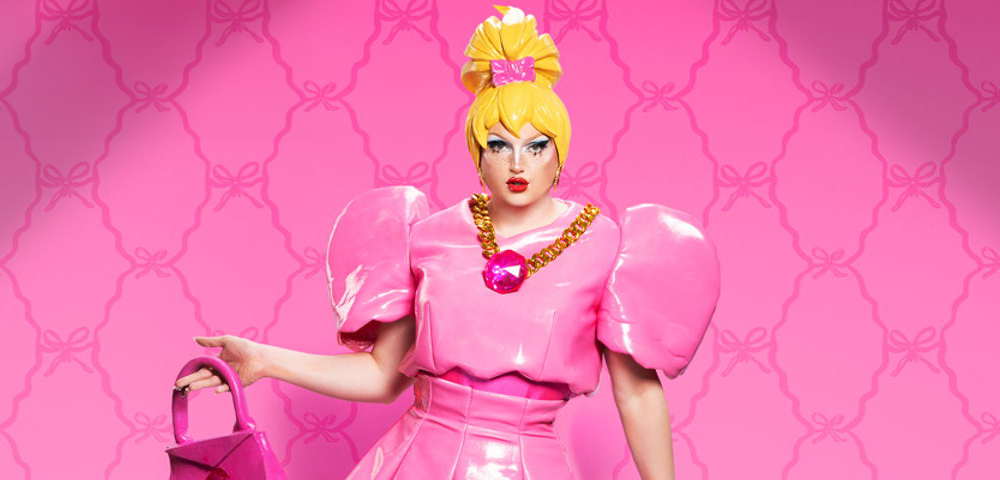
Fads and fashions
Remember that hideous colour everyone loved so much in the 80s? It was a sort of greeny aqua/blue that was just everywhere. It was often used to highlight tubular steel framing (usually curved) or timber lattice infill panels. Along with bubble skirts and fluoro bobby socks this colour seems to be, thankfully, truly dead.
Trends are an important and unavoidable part of design. Whether it’s textiles, landscape design, architecture or music, fads and fashions are an essential ingredient of creativity and popular culture.
I love looking through Practical Decorating Ideas, published in 1969, admiring the incredible ideas which at the time were considered totally hip. Visual assault is the major theme of most projects. Coordination of upholstery, curtains and wallpaper was big -“ the bolder the pattern the better, as was the combining of wood panelling with check and florals. It’s a similar experience when you browse through old fashion magazines or even recipe books.
And though some trends re-emerge years down the track (wallpaper is back in fashion, you know), many more disappear forever.
Although some designers are happy to create fads -“ trends which are massively popular and make lots of money only to die as quickly as they emerged -“ other designers are concerned with the creation of timeless design. This is particularly important in the fields of architecture and interior design where the lifetime of a work is generally intended to be years rather than months.
What remains elusive is the definition of timelessness. There are many examples of buildings which are as beautiful now as when they were built, but what is it that makes them so timeless? Most of all, how can we learn from these examples so that our own homes won’t need constant updating as trends change?
Well, for a start there’s nothing wrong with investing in trends. It’s not expensive to have a few striped cushions and they can even be re-covered when stripes are replaced by bold prints. It only gets really expensive when you lash out on big items, like couches, curtains, walls, art. If only it weren’t so difficult to see into the future while you’re being swamped by seductive images of the latest and coolest interior concept.
I don’t think the answer is conservatism. I am a firm believer that even a bold gesture can be timeless and it is a mistake to restrict yourself to conservative colours or themes just out of fear of looking pass?The key is to invest in quality items and make sure that the concept isn’t half-baked. It helps to spend some time developing your tastes. Just picking up a magazine or watching The Block isn’t going to cut it. And look around at buildings you know and love and think about what makes them so successful.
There’s no formula, and there’s no doubt that personal taste plays a big role, but studying successful examples is a good way to guide your own design decisions.









